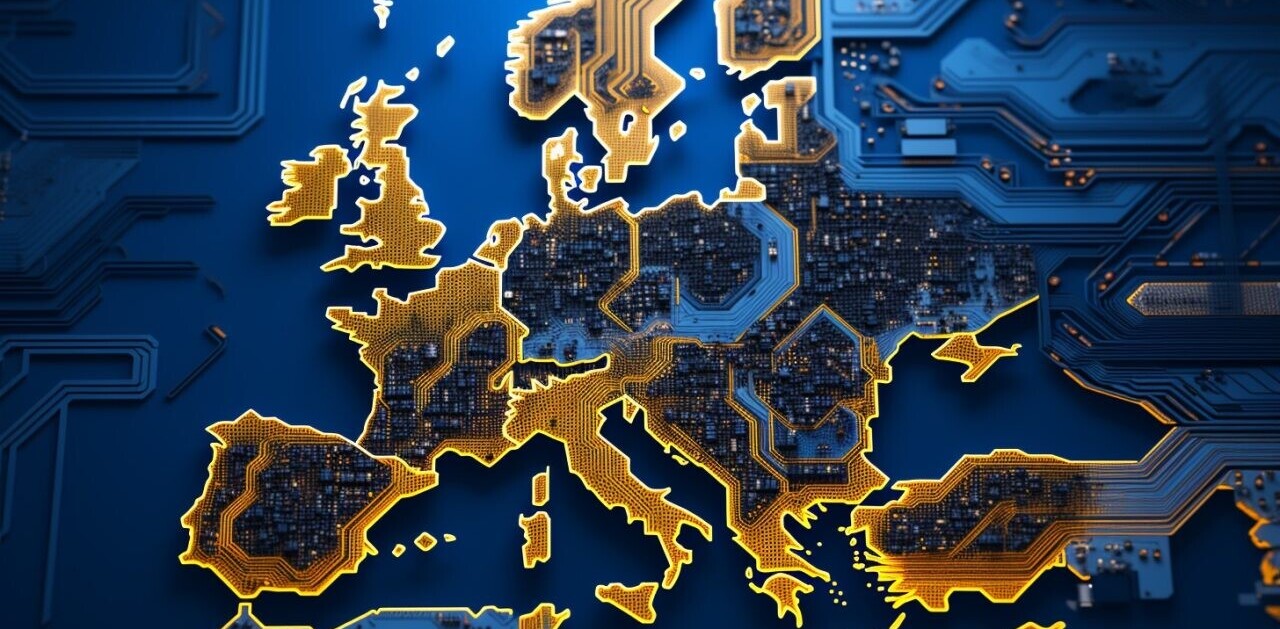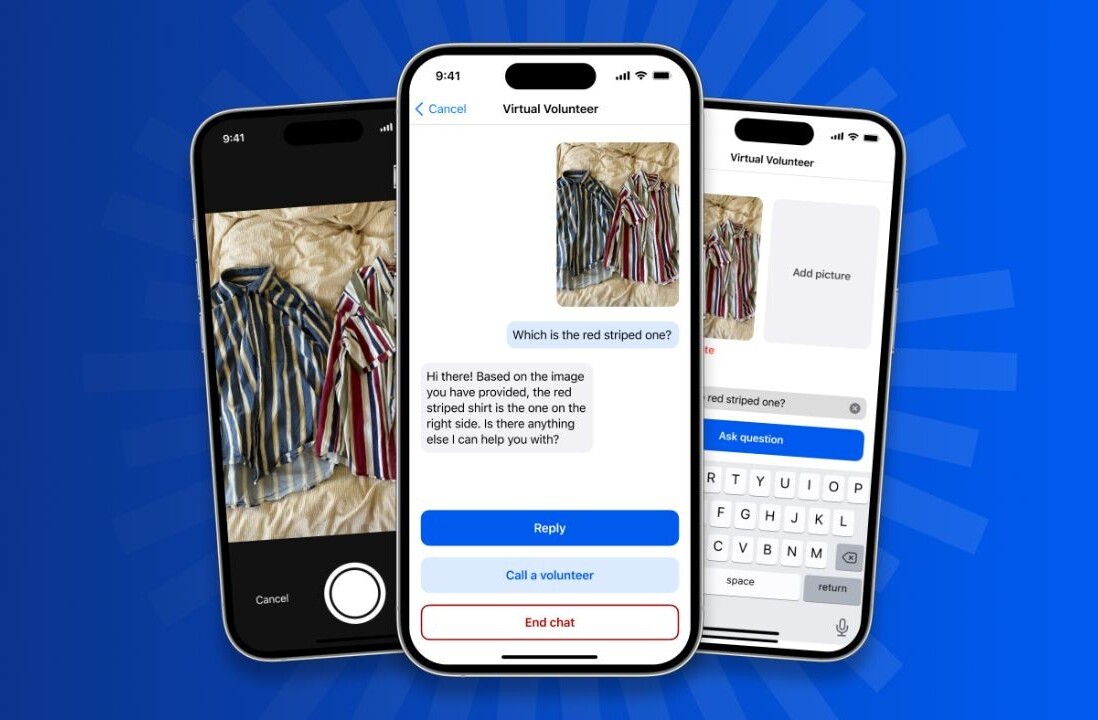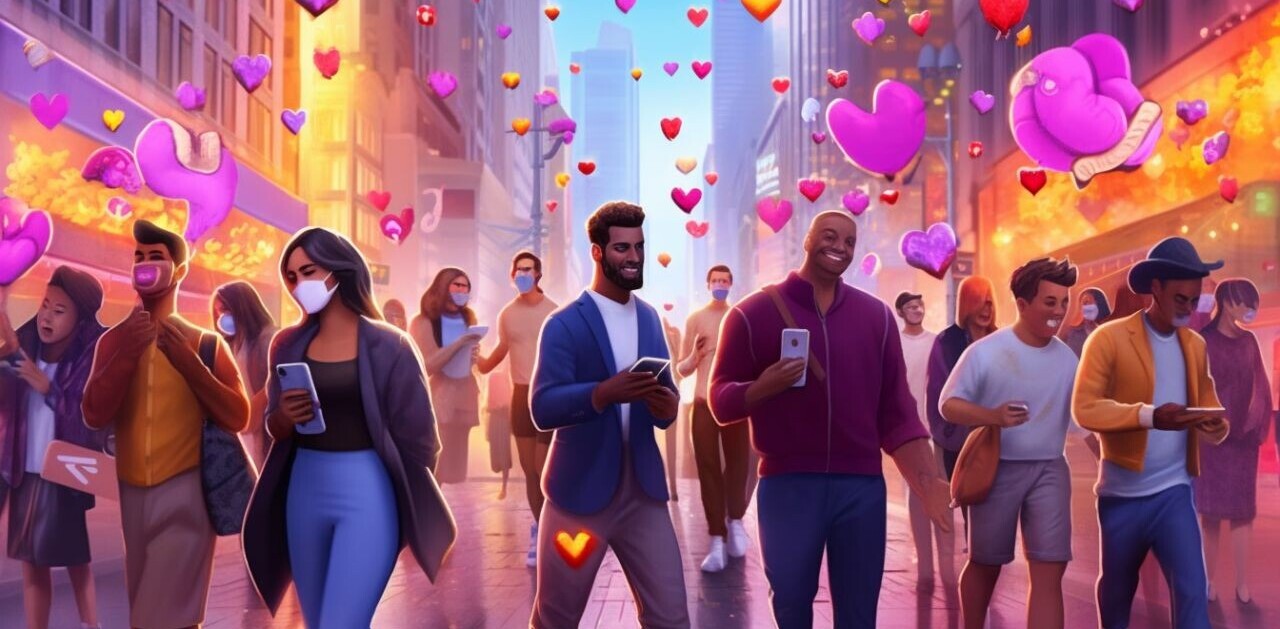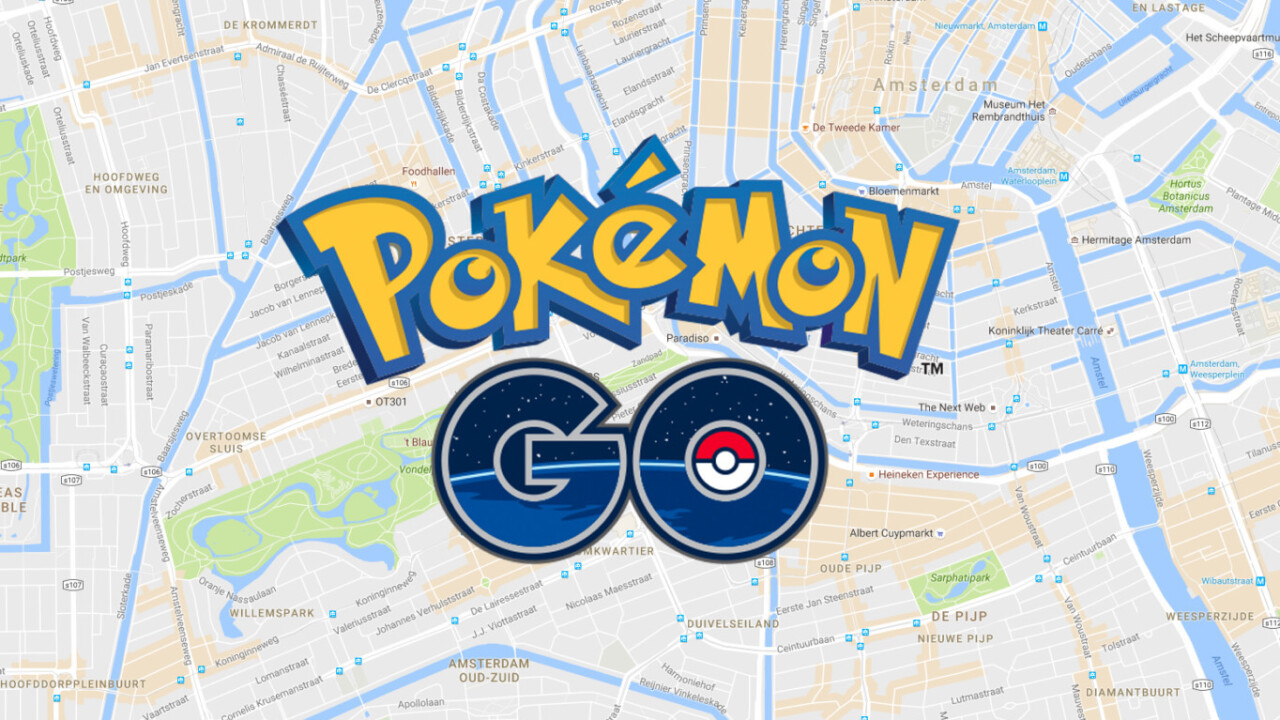
In 2010, it was Angry Birds. In 2014, it was Candy Crush Saga. And in 2016, Pokémon Go was the standout mobile game.
The game first launched on July 6 in Australia, New Zealand, and the United States. It didn’t take long for the game’s servers to crumble under the strain of millions of nostalgic millennials, eager for a taste of their childhood, plus the occasional DDoS attack. It took only two months for it to hit $500 million in revenue. And while Pokémon Go isn’t the sensation it was this summer, it’s still pretty hot, with millions still playing it on a daily basis.
Pokémon Go was a channel for nostalgia like nothing we’ve seen before
For those who didn’t grow up in the late nineties, it’s hard to explain how big of a deal Pokémon was. On Saturday morning, you’d watch the animated series with a heaped bowl of Golden Nuggets. Every playground was filled with pre-teens haggling over trading cards, and exchanging virtual pocket monsters over Game Link. And I mean, quite literally, every playground.
And then, like every fad, it eventually died down. Game Freak continued to release Pokemon games, but they were consumed predominantly by a die-hard contingent of fans that never let go. It never again had the same popularity that it did in the twilight years of the 1990’s.
Pokémon Go essentially revived the franchise for mainstream audiences. Call it nostalgia. Call it whatever you like. The fact is, people were engaging with the Pokémon world for the first time in almost two decades.
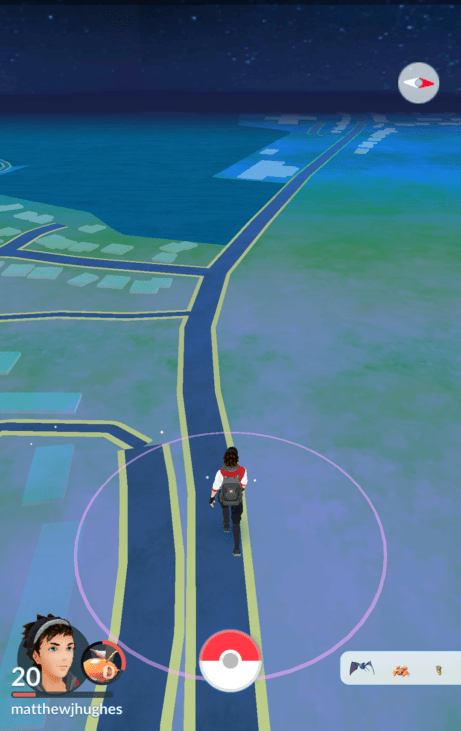
It’s an almost Lazarene phenomenon that we’ve not really seen before.
Pokémon Go made millions of us step outside
There are no shortage of apps and gadgets with a fitness angle – from Zombies, Run! to the humble Fitbit. But none of them have been as successful at getting us off the couch as Pokémon Go has.
At its peak, there were 45 million people playing the game, per research by Axiom Capital Research. That’s 45 million people getting a form of exercise that they wouldn’t otherwise.

Obviously, a lot of people have credited the game with shifting a few inches from their waistline. One Irish player lost half a stone in a week after he played the game virtually non-stop. Another player, this time from the UK, said he lost more than 12 kilograms (28 pounds) in his quest to catch the 142 Pokemon available in the UK.
And this is probably because Pokemon Go didn’t feel like a fitness app. The fitness side is carefully hidden under a game mechanic that sees you trying to catch ‘em all.
Pokemon Go was a free-to-play game but without the worst elements of the genre
By and large, I loathe the free-to-play genre, not least because it’s tarnished a number of once-proud games franchises with a business model that’s rapacious, and fundamentally undermines gameplay. Both Dungeon Keeper and Command and Conquer have fallen victim to this model, and studios looking to make a quick buck.
These free-to-play games rely on the fact that you’ve got to pay to progress in the game. I’m sure you’ve seen this South Park clip that explains it beautifully.
Pokemon Go was different. Yes, it’s a free-to-play game that depended on micropayments. But it’s also different. You don’t have to open your wallet to have a good time. The only time you’d need to buy something is if you ran out of Pokeballs and couldn’t be bothered walking to the nearest Pokestop, or if you wanted to get one of the useful game items that are only handed out when you level up.
It’s likely that this is because Niantic has figured out that it can monetize its game without asking its users for cash, as seen by its recently announced deals with Sprint and Starbucks that will see their retail venues turned into Pokestops.
Pokemon Go’s social element was on point
A lot of people were dismayed with the fact that Pokemon Go lacks a player-versus-player combat element – not including the gym battles, which don’t count. In fact, there’s not really all that much of a hard-coded social element.
And yet, Pokemon Go was a game with social interactions at its heart.
I’ve met dozens of people playing through the game. There have been people who’ve stopped me in the street as they’ve seen me playing, just to tell me that they saw a hard-to-find pokemon in the area. I’ve sat near a Pokestop, deployed a lure, and watched people start to gather, like wildebeest drawn to a watering hole.
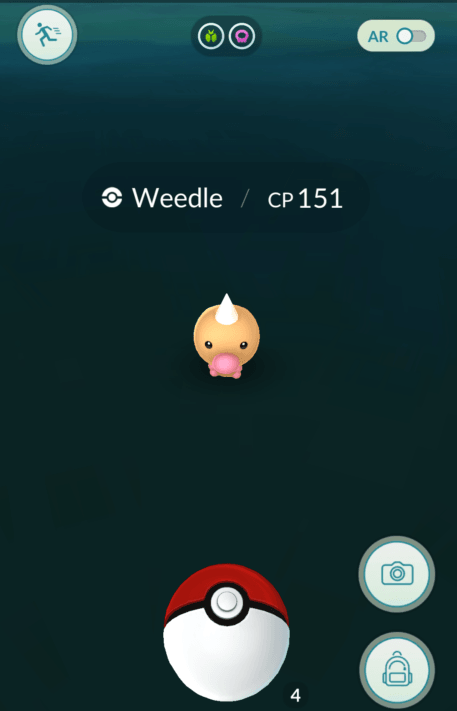
And I’m not alone. There are hundreds of heartwarming stories on the Pokemon Go subreddit of people encountering other players in the wild, and some have questioned if it could even be used a dating app, much like Tinder or OK Cupid.
2016, sure. But what about 2017?
Although the summer Pokémon Go rush has long-concluded, the game remains decidedly resilient, and promises to remain on our radar long into 2017. A big part of that is the December update which introduced a brand-new generation of creatures to catch.
But will something even bigger arrive next year? Who knows. But I’m excited to find out.
Get the TNW newsletter
Get the most important tech news in your inbox each week.
